Buildings are a great topic for Primary School science and can be used to inspire some wonderful experiments and investigations perfect for learning about the uses and properties of materials as well as starting to understand correct experimental procedures. The experiments and activities below are great for Materials at KS1 but can also be extended for older children.
Science activities for a building topic
1. Compare and group together a variety of everyday materials on the basis of their simple physical properties
First, ask children to group a selection of materials based on how they look. Shiny, dull etc. Then ask questions to discover whether talking about the properties of the material helps the children decide what material they are made from.
Sorting a selection of toys is a simple way to start to group materials.
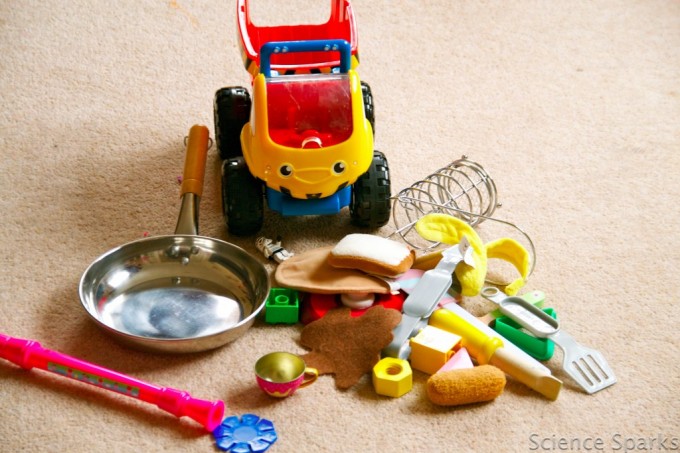
Try placing different everyday objects into a bag and ask the children to guess what the object is using their sense of touch. Which features of the object lead them to their guess? Ask if metal objects feel cold, for example.
See here for a full list of properties of different materials.
2. Identify and name a variety of everyday materials, including wood, plastic, glass, metal, water, and rock
Ask children to mentally choose an object and ask a friend to guess what it is made from by asking questions such as "Can you see through it?", "Is it solid?"
3. Describe the simple physical properties of a variety of everyday materials
Find out about conducting and non conducting materials with play dough circuits.
Investigate how materials we think of as being brittle can be strong in some instances, for example, by making an eggshell bridge.
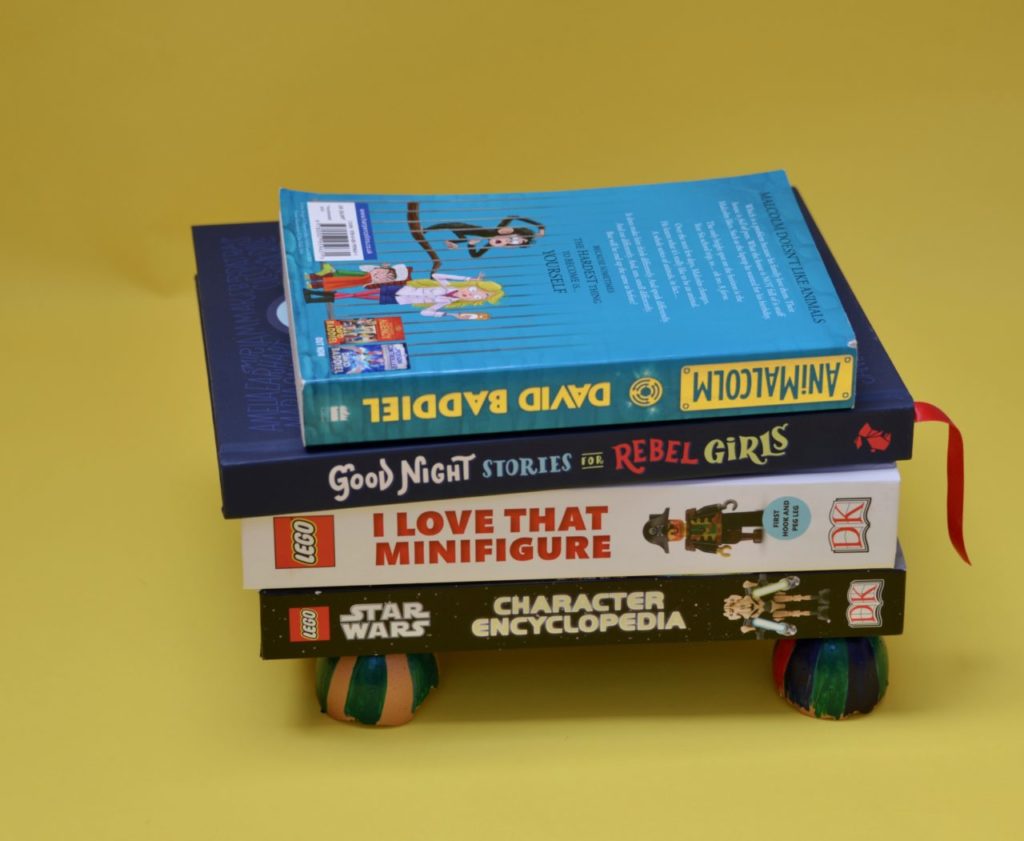
Test materials to see if they are magnetic. One easy way to do this is to ask children to predict first which materials will stick to the magnet.
Remember – not all metals are attracted to magnets, but iron and steel ( steel is mostly iron ) are.
I've also got lots of fun magnetism experiments you can take a look at, including making magnetic cars and creating pipe cleaner magnet hairstyles.
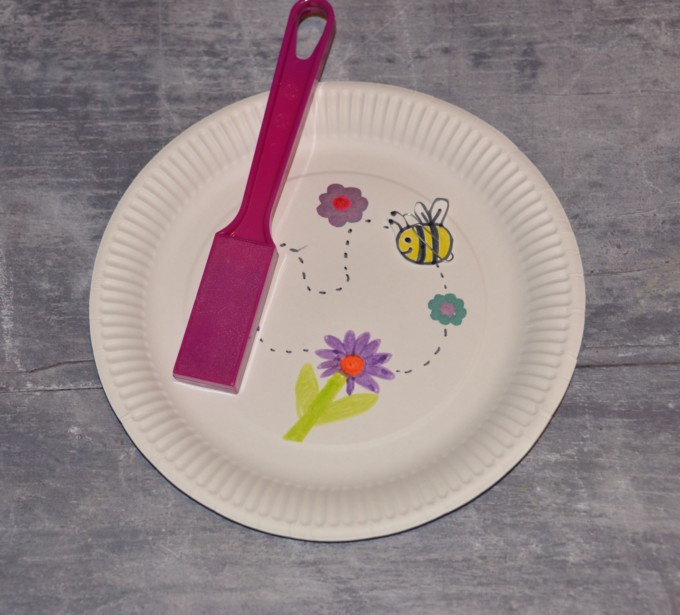
4. Changing state and transforming materials
Water melting and freezing is a great way to start to understand changes of state.
Children can observe how water expands when it changes state into solid ice and learn about melting by making slushy drinks.
Other ideas for activities using ice include setting up ice excavations and trying to speed up or slow down the melting process.
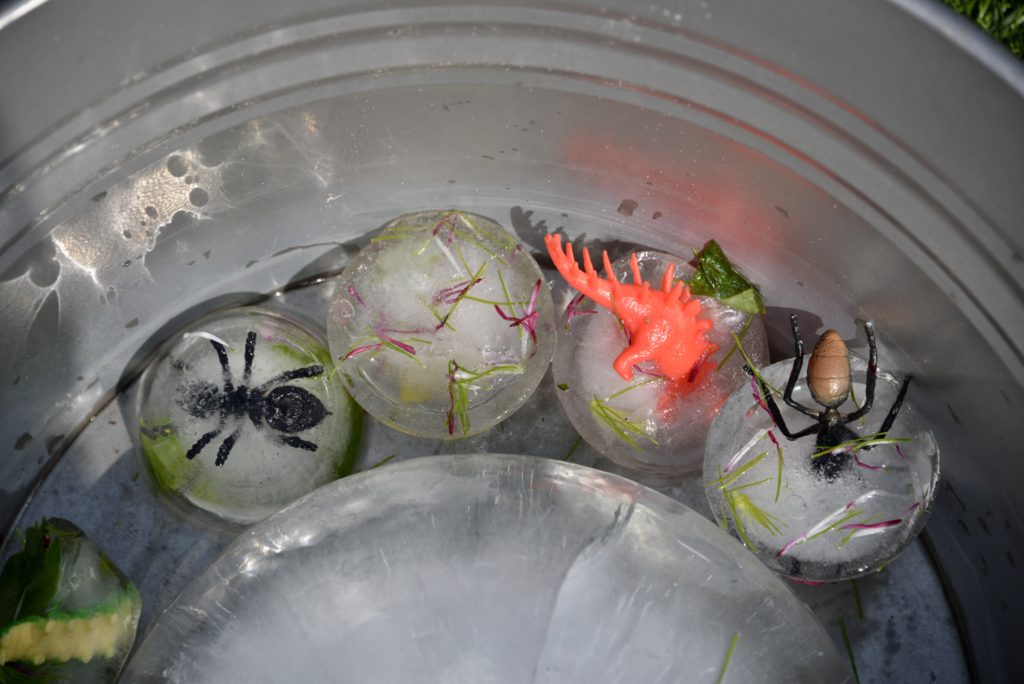
5. Find out how the shapes of solid objects made from some materials can be changed by squashing, bending, twisting and stretching
Give children a variety of materials and ask them to predict whether they can be squashed, bent, twisted or stretched by hand and if they think the materials will return to their original shape.
Good materials to try are playdough, fabric, paper, soft balls, solid balls, a wooden rolling pin and a metal pan.
As an extension task, children can design a table to record their results.
6. Identify and compare the suitability of a variety of everyday materials
Buildings and noise
Sometimes engineers need to think about how sound travels in and out of a building. Children can investigate which materials are best for muffling sounds using a cardboard tube and a selection of test materials to absorb sounds.
3 Little Pigs STEM Challenge
A Three Little Pigs STEM Challenge is an exciting way to learn about the suitable of materials for their purpose. A house built from paper straws, for example, probably wouldn't stay up if the wolf tried to blow it down.
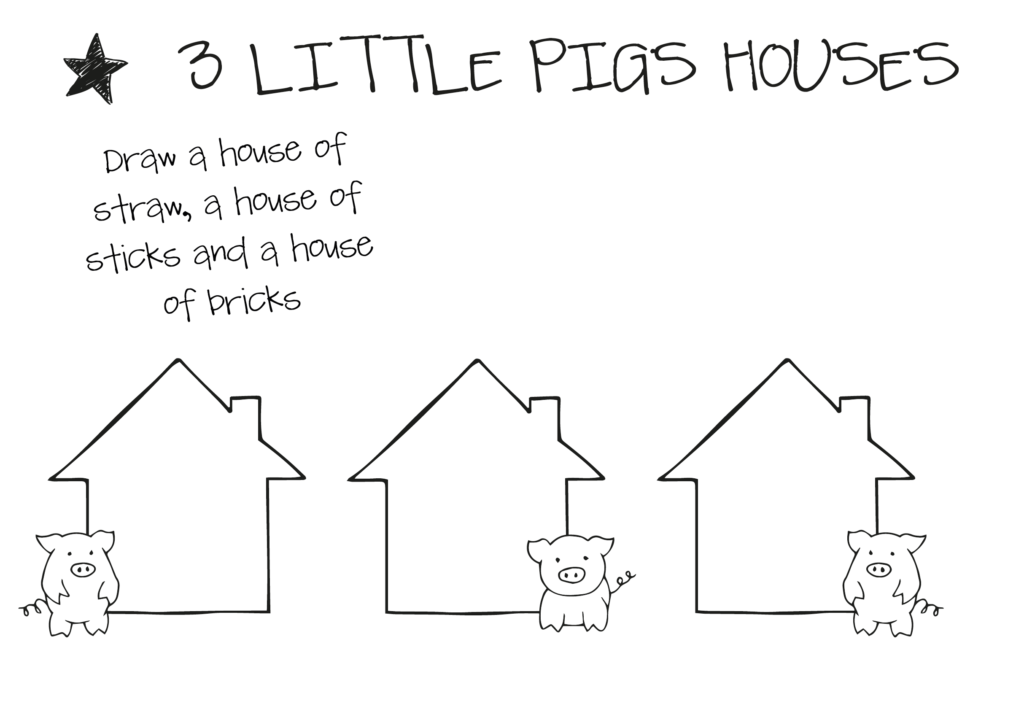
This experiment creates a wonderful opportunity for learning about making an experiment a fair test by ensuring the amount of puff used each time is the same ( use a squeezy bottle ).
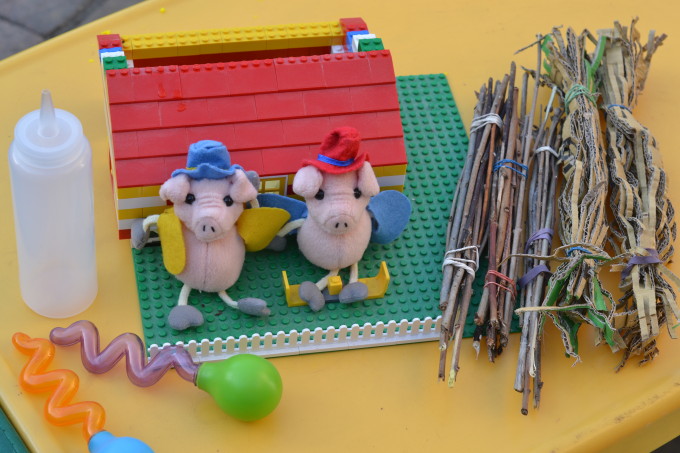
Waterproof a roof
Test natural materials to discover which makes the best roof for a LEGO house, then try non-natural materials too.
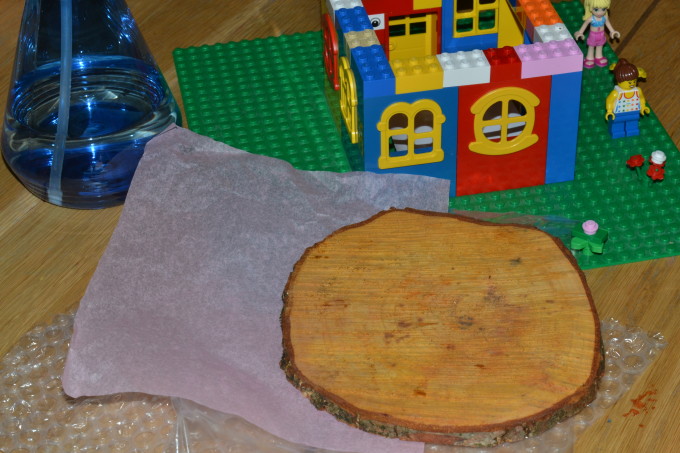
Build a house made from candy
Designing and building a candy house can be a real highlight of a building topic.
Children can spend time designing and planning their house before testing it for strength and stability.
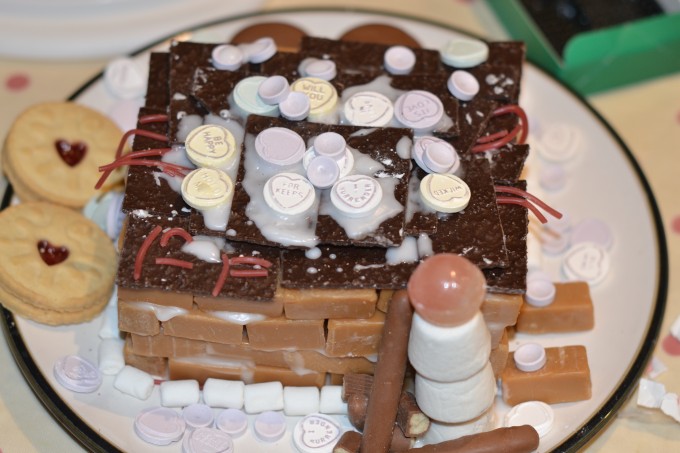
More science experiments for a buildings topic
How about building and testing a LEGO bridge?
Construct a mattress and bed for the princess and the pea!
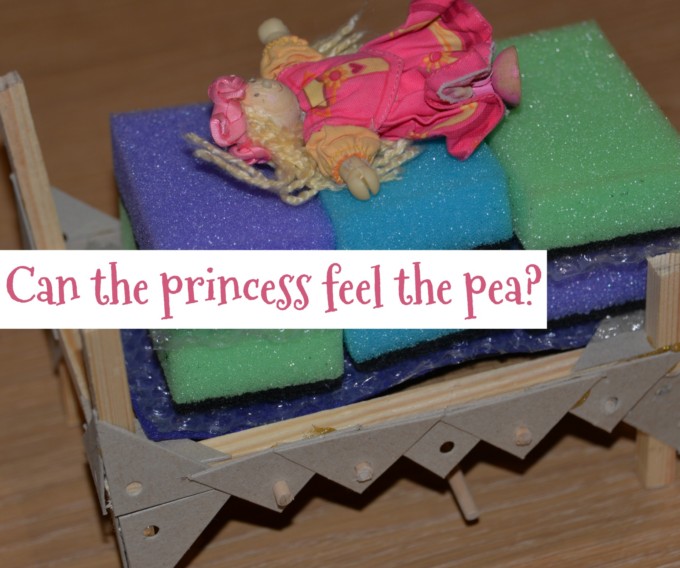
Frugal Fun for Boys has some brilliant engineering challenges.
Build mini dens from sticks, thinking about how to make them safe and stable for a toy.
Get sticky with marshmallow and spaghetti towers.
STEM Laboratory has a brilliant famous landmark STEM Challenge.
Finally, try my other ideas for learning about materials and their properties.
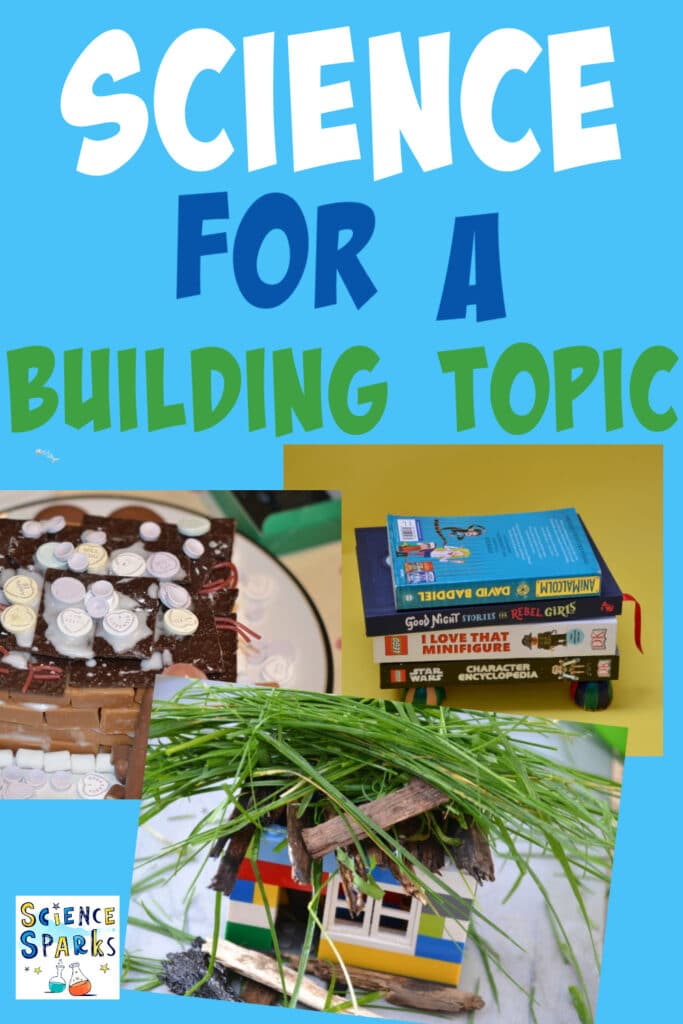
Last Updated on April 27, 2023 by Emma Vanstone
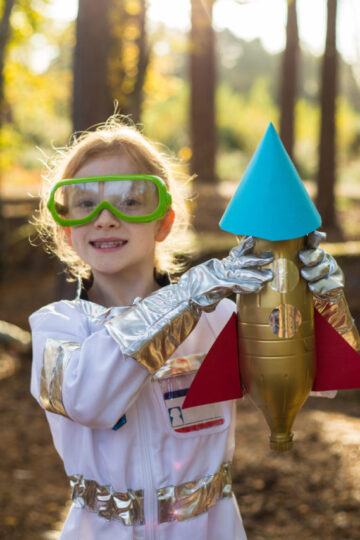

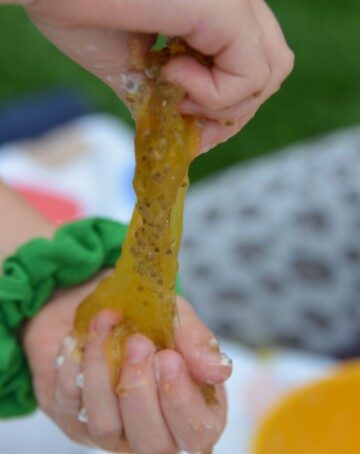
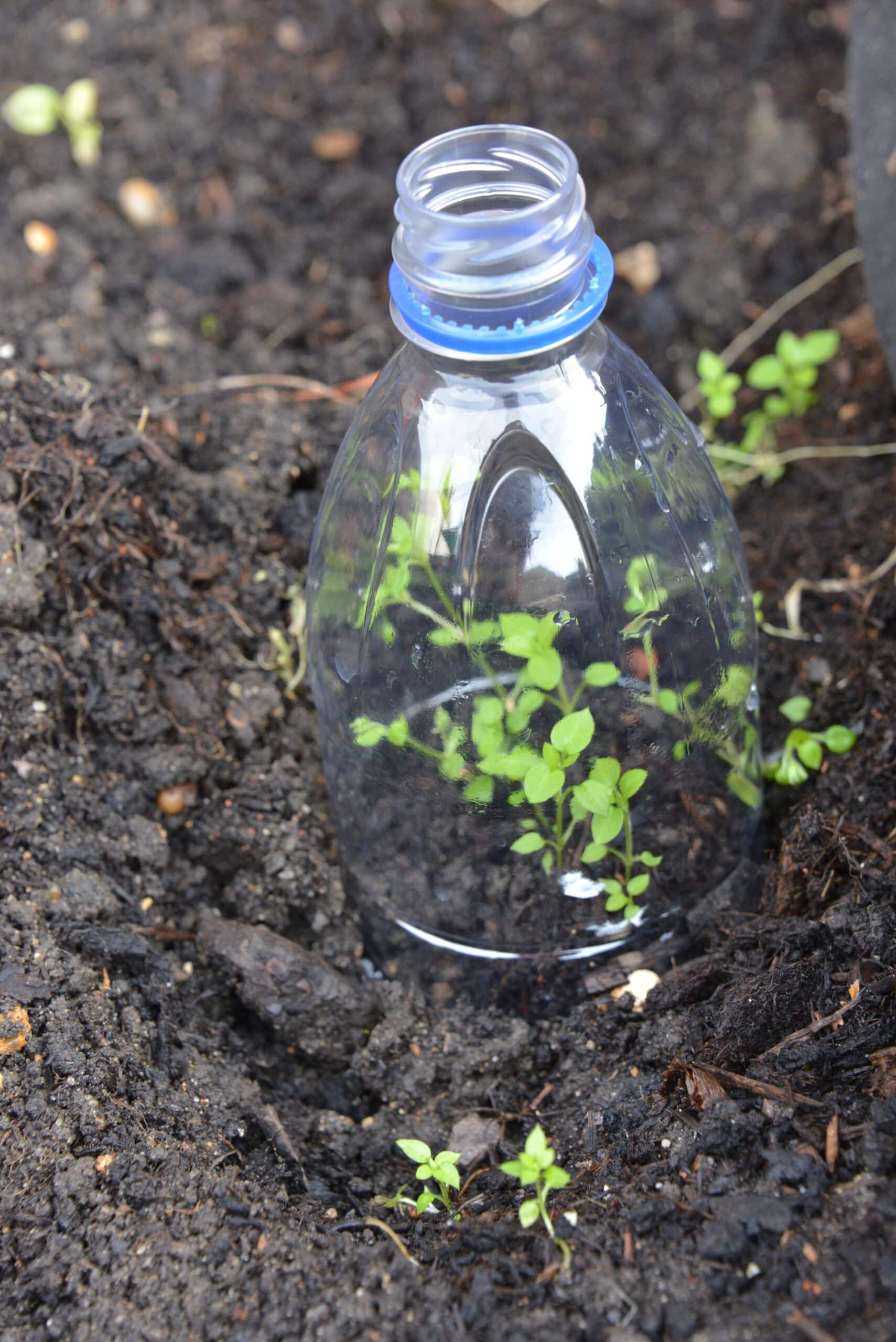
emma white says
amazing tips!